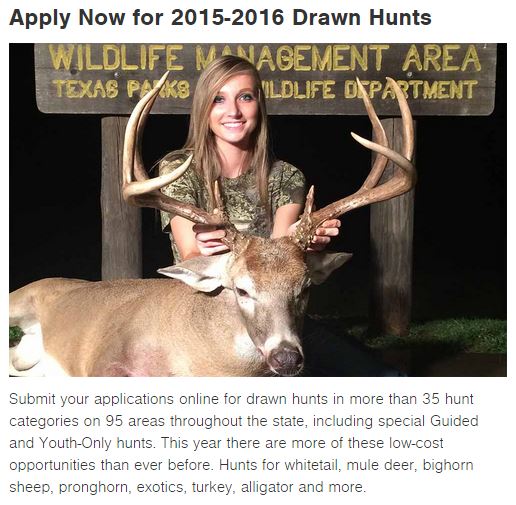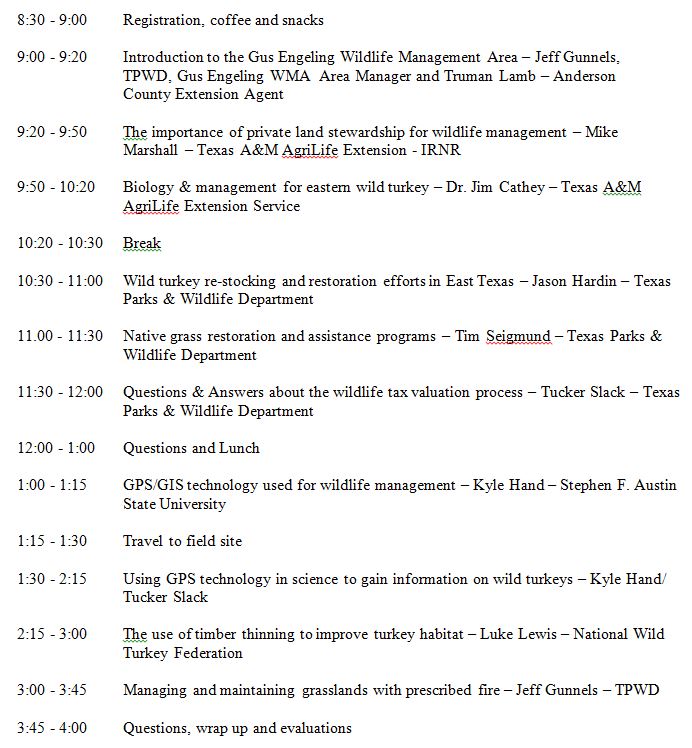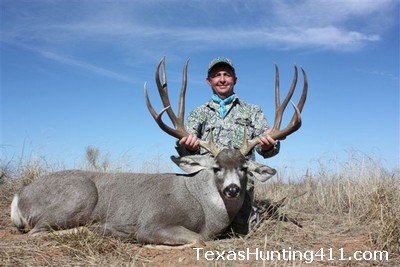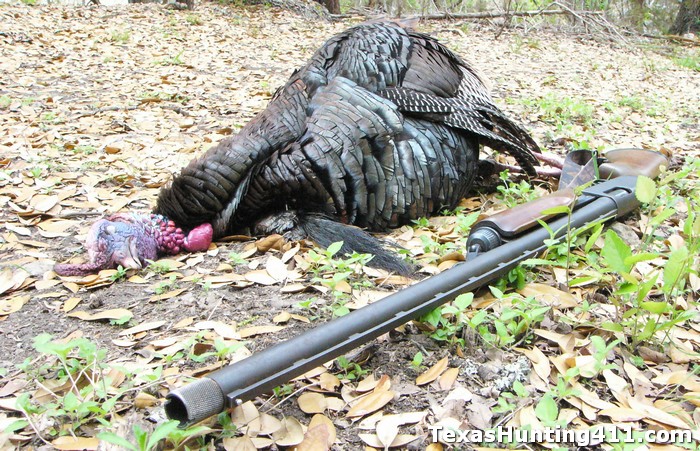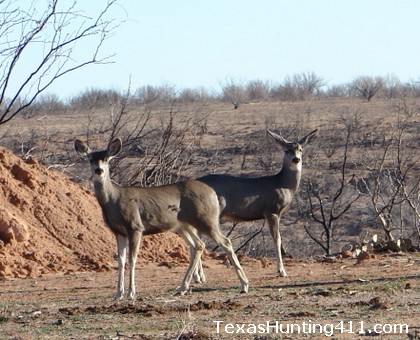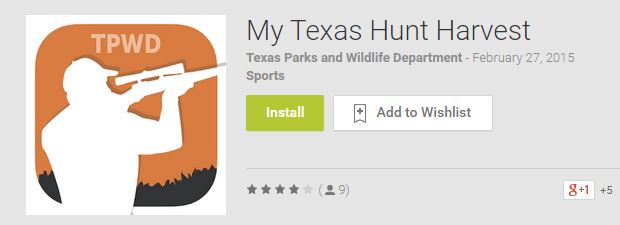MLD permits. Love ’em or hate ’em, they have been a part of white-tailed deer hunting in Texas since 1996. Texas Parks and Wildlife Department (TPWD) started the Managed Lands Deer Permit (MLDP) Program to help landowners tackle burgeoning deer populations on private properties, but the program has become wildly popular with management-oriented landowners throughout the state.
TPWD has recently stated that about 10,000 properties participate in the MLDP Program. All those properties take a lot of resources, so the overwhelming success of the program has not come without a cost. Currently, the state prints all of the permits and mails them to participating landowners. Not sure how many permits the average property gets, but I’d be willing to be that TPWD uses A LOT of ink and paper, not to mention postage for those 10,000 envelopes each year.
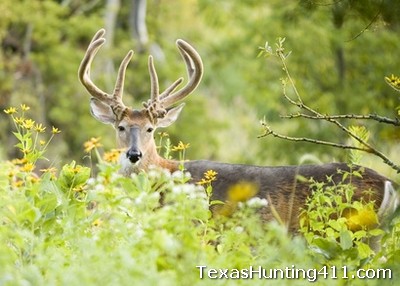
The MLDP Program has gotten big. It’s taken on a life of its own. Now, it’s time to save money.
One of the cost-saving measures that TPWD is testing this year is to allow participating landowners to print their own MLD permits. Apparently, a small number of ranches across Texas volunteered to try the “print your own permit” option for the 2015-16 deer hunting season. This may get some hunters hot and bothered, but it sounds like a pretty good idea.
After all, like tags, MLD permits are nothing more than paper. The same opportunities for permit abuse that existed before will exist under the print-your-own-permit. Hey, if people can counterfeit money I don’t think it would be too difficult to counterfeit a permit. Besides, over the years I’ve hunted on a couple of ranches that participate in the MLDP program. They’ve all admitted that get more permits than they want to use, every year.
So circling back, TPWD created the MLDP program to assist landowners that want to manage the habitat and white-tailed deer found on their property. Most landowners have a vested interest in the health of the animals on their property. Will some hunters abuse the ability to print their own permits? Probably. Those guys are probably abusing it now, so that argument would be a moot point.
In short, anything that saves money sounds like a good deal. Better to reduce program costs than to increase fees. If you have any experience with a MLDP property that’s printing its own permits this year, leave a comment to let us all know how it goes. Hunting season will be here before you know it, so get those game cameras out!
